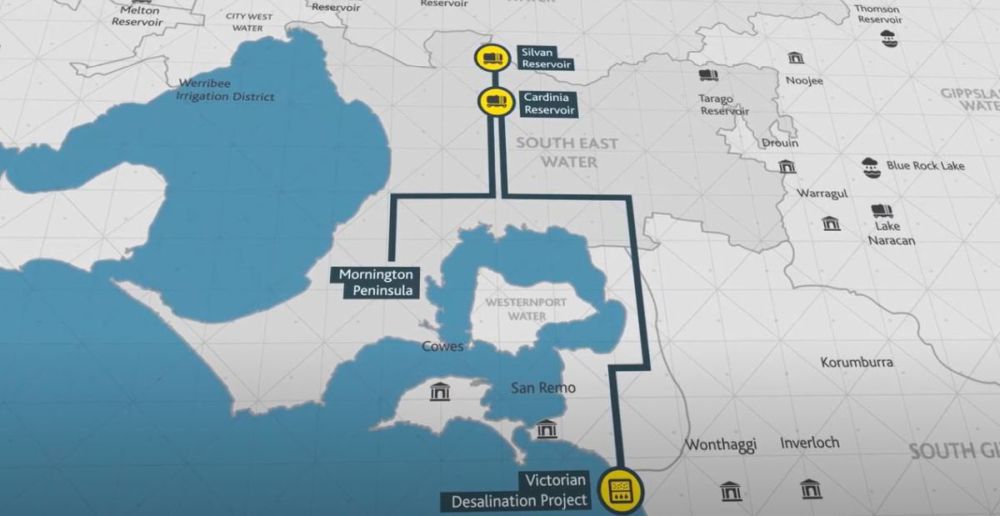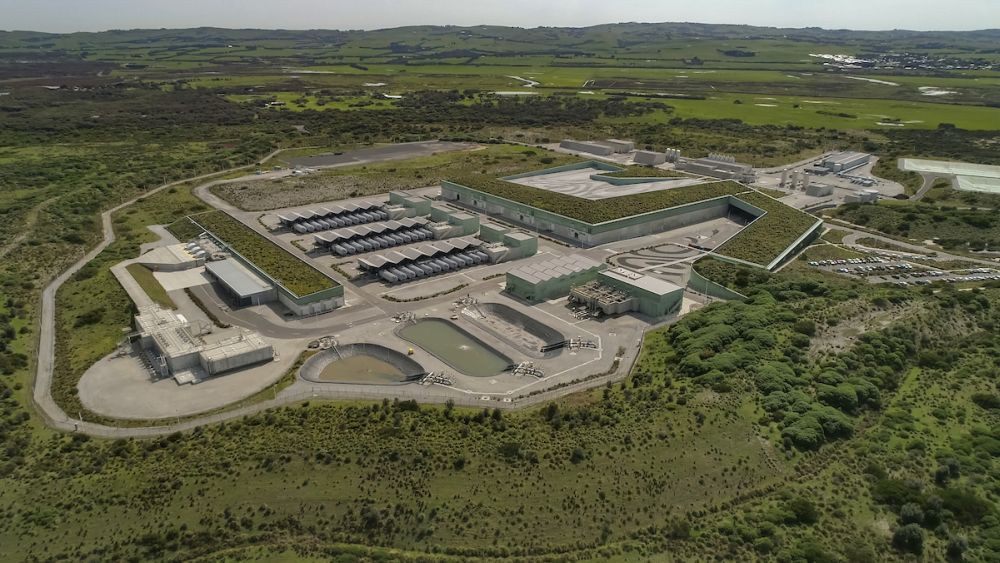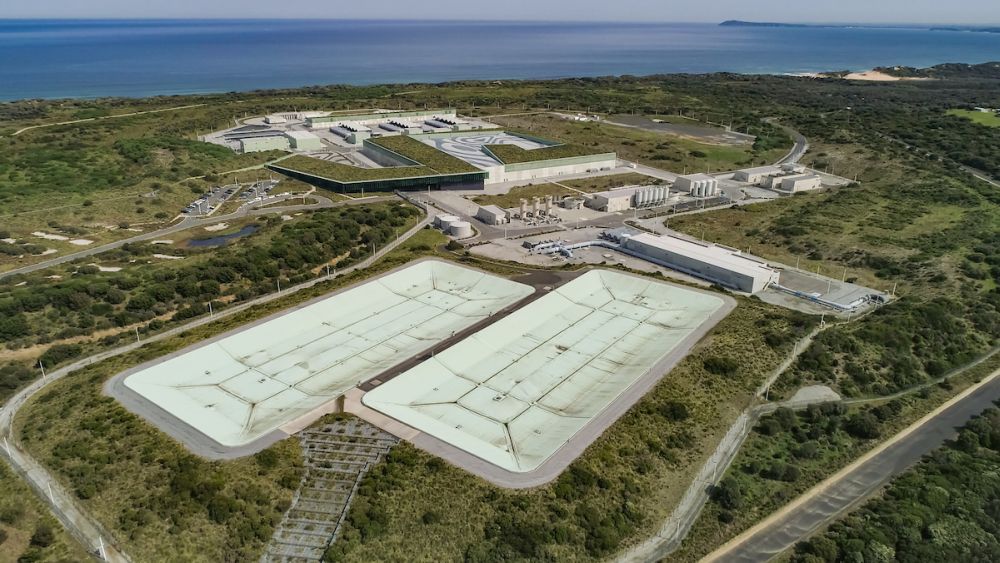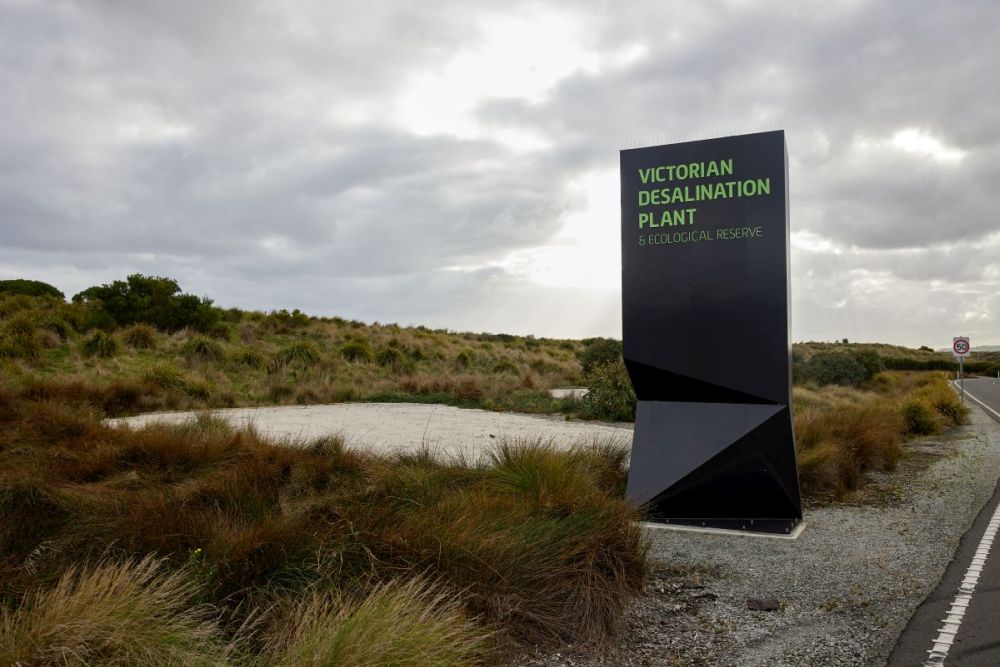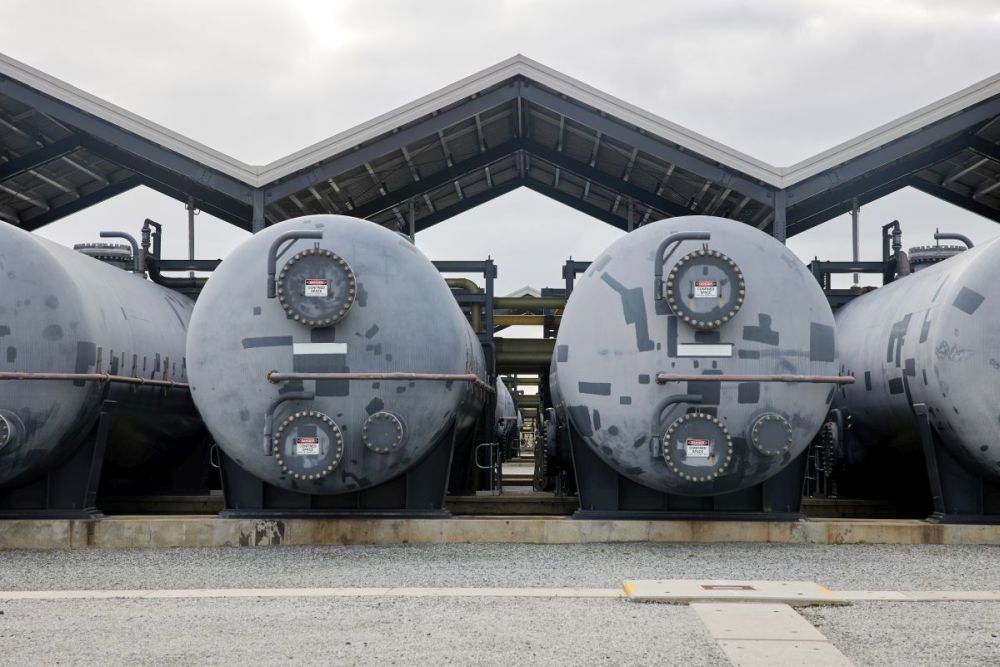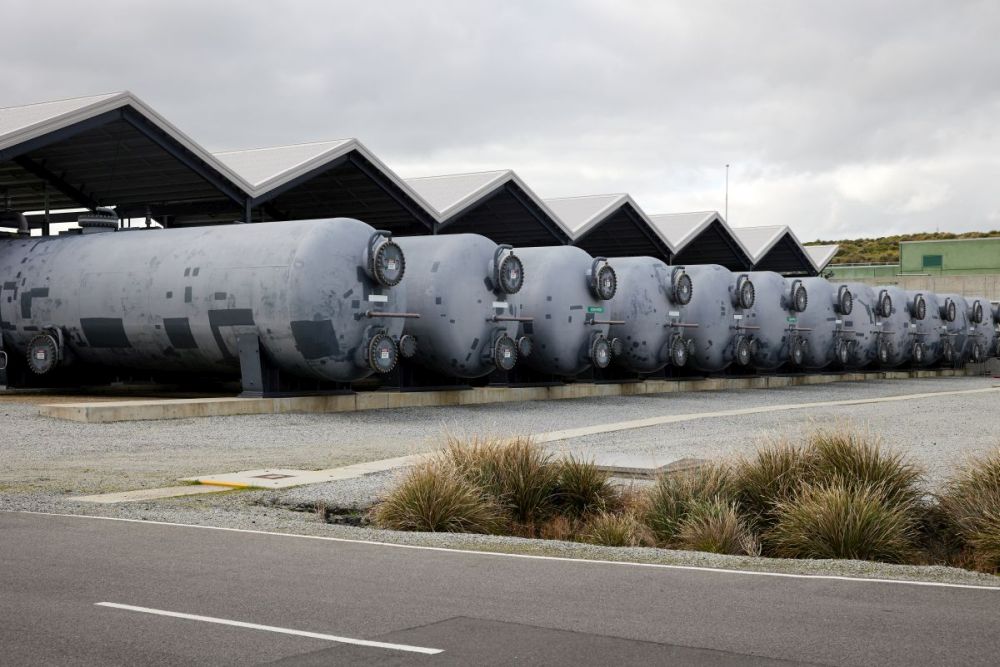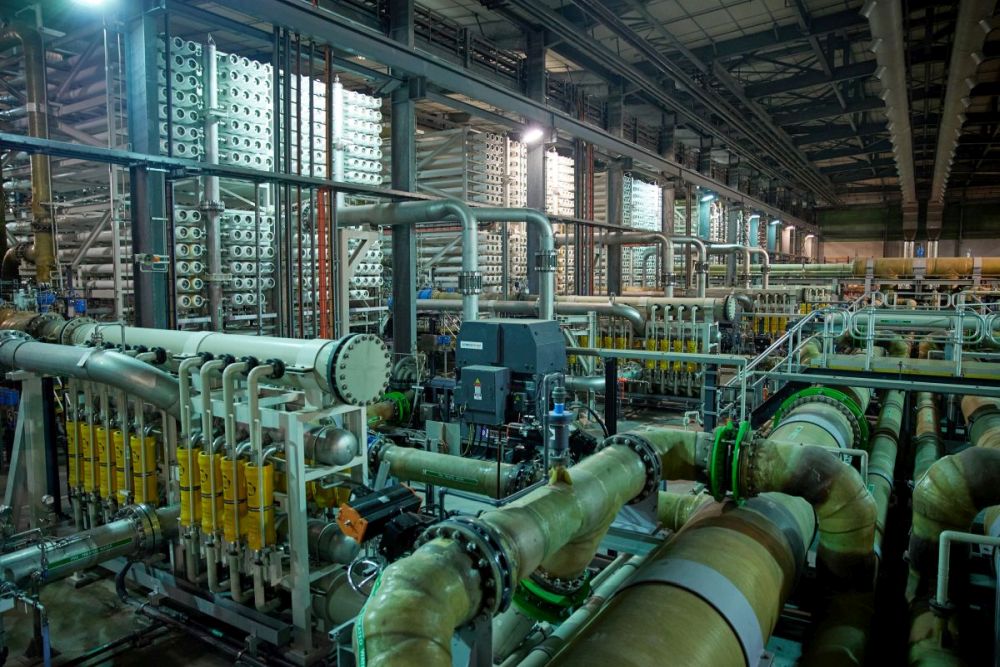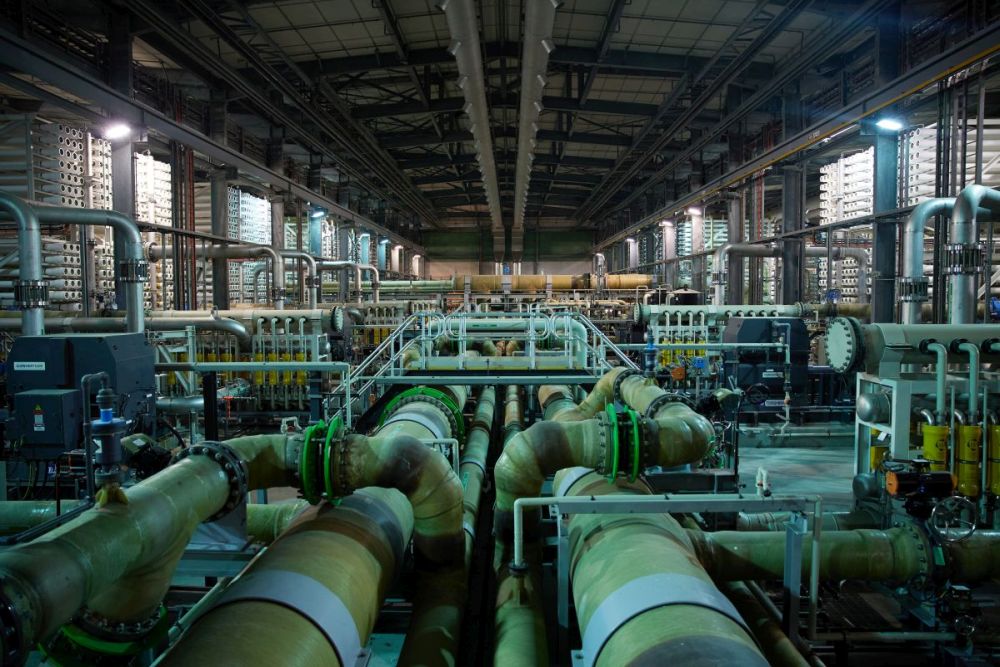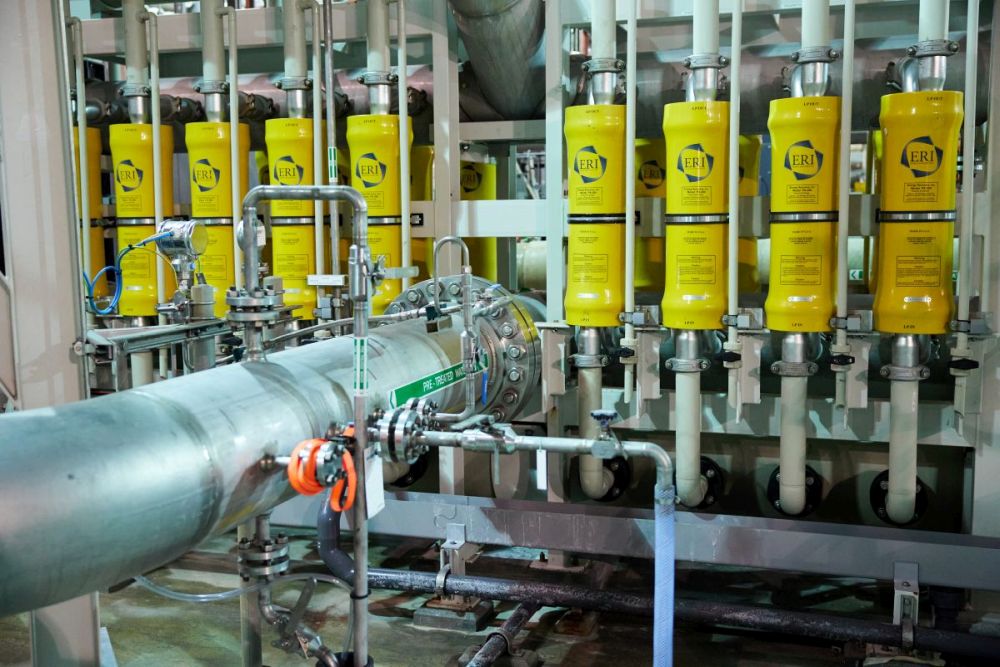On this page:
Desalination in Victoria
The Victorian government started building the Victorian Desalination Plant in 2009. The goal was to ensure our long-term water needs. Built in Wonthaggi on the South Gippsland coast, the plant takes salty seawater and turns it into drinkable freshwater.
Around 96% of the state’s drinking water continues to come from rivers, streams and groundwater. But since 2017, the desalination plant has boosted these water sources and added to the state’s existing water supply.
Desalination uses a process called reverse osmosis. This process separates seawater, sourced from Bass Strait, into pure water and salty water.
Seawater is collected through an underground tunnel, where fine particles are removed. It then passes the water through a system that purifies water to make it suitable for drinking and pumps it into Cardinia Reservoir.
Once there, it is ready for use by those in southern Victoria. The Victorian Desalination Plant is the largest in Australia and one of the most environmentally sustainable in the world.
Water produced here meets Australian drinking water standards as well as those set by the World Health Organization.
An interconnected system
The plant in Wonthaggi provides an example of an interconnected system. Victorians can depend on it when freshwater supplies are limited.
Climate change and population growth will likely lead to a stronger reliance on desalination across the world. It's a human constructed process introduced as an alternative to the natural water cycle.
It allows the movement of water through a network of pipes across Victoria. Therefore, emphasising our important interconnection with the sea.
Case study
As seen in this planning video, the 38-hectare Victoria Desalination Plant is set among constructed dunes and restored woodlands and wetlands.
As of 2024, the plant is capable of producing 150 million litres of water a year. That’s enough to fill the MCG nearly 100 times.
Watch the video
Meet the expert
Zoe Burrows works at the Victorian Desalination Plant in Wonthaggi. In this video, she shares her experience of studying and learning to become a site operator at the largest desalination project in the southern hemisphere and the benefits she's found working there.
Photo essay
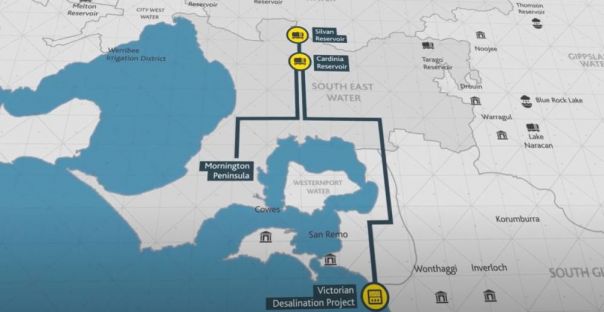
-

-

-

-

-

-

-

-

-

-
Further resources
Below you can find a variety of resources to further research and understand desalination in Victoria.
The Victorian Desalination Plant is operated by Aquasure. They provide a variety of resources for people interested in how the plant operates.
- A birds-eye tour of the Victorian Desalination Plant – fly over the top with Melbourne Water.
- Integrating the Victorian Desalination Project – DEECA and Melbourne Water show how desalinated water makes it to your tap.
- The Victorian Desalination Plant's Ecological Reserve – ten years of this sustainable landscape in Wonthaggi.
Return to the school water education resources home page.
Page last updated: 16/09/25

